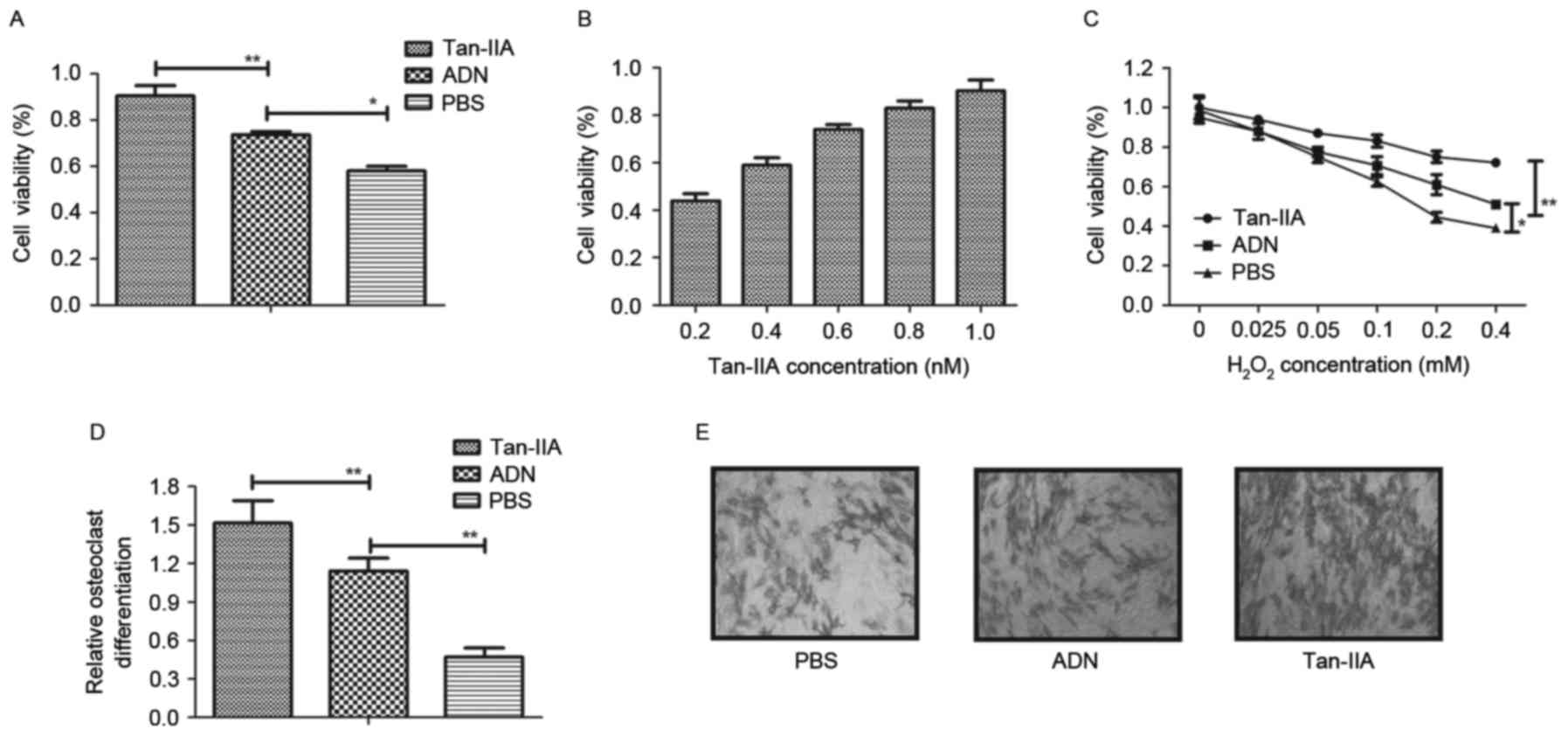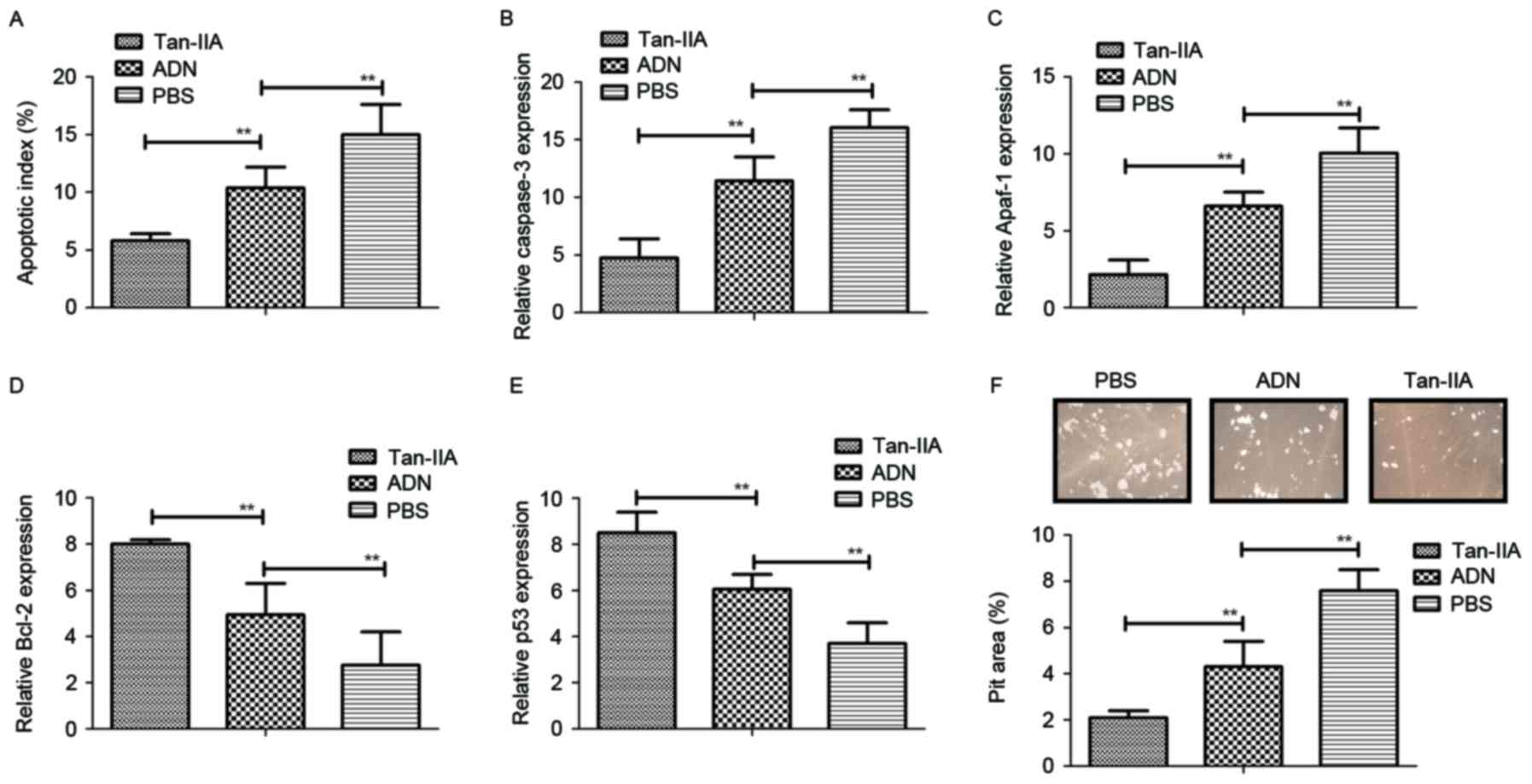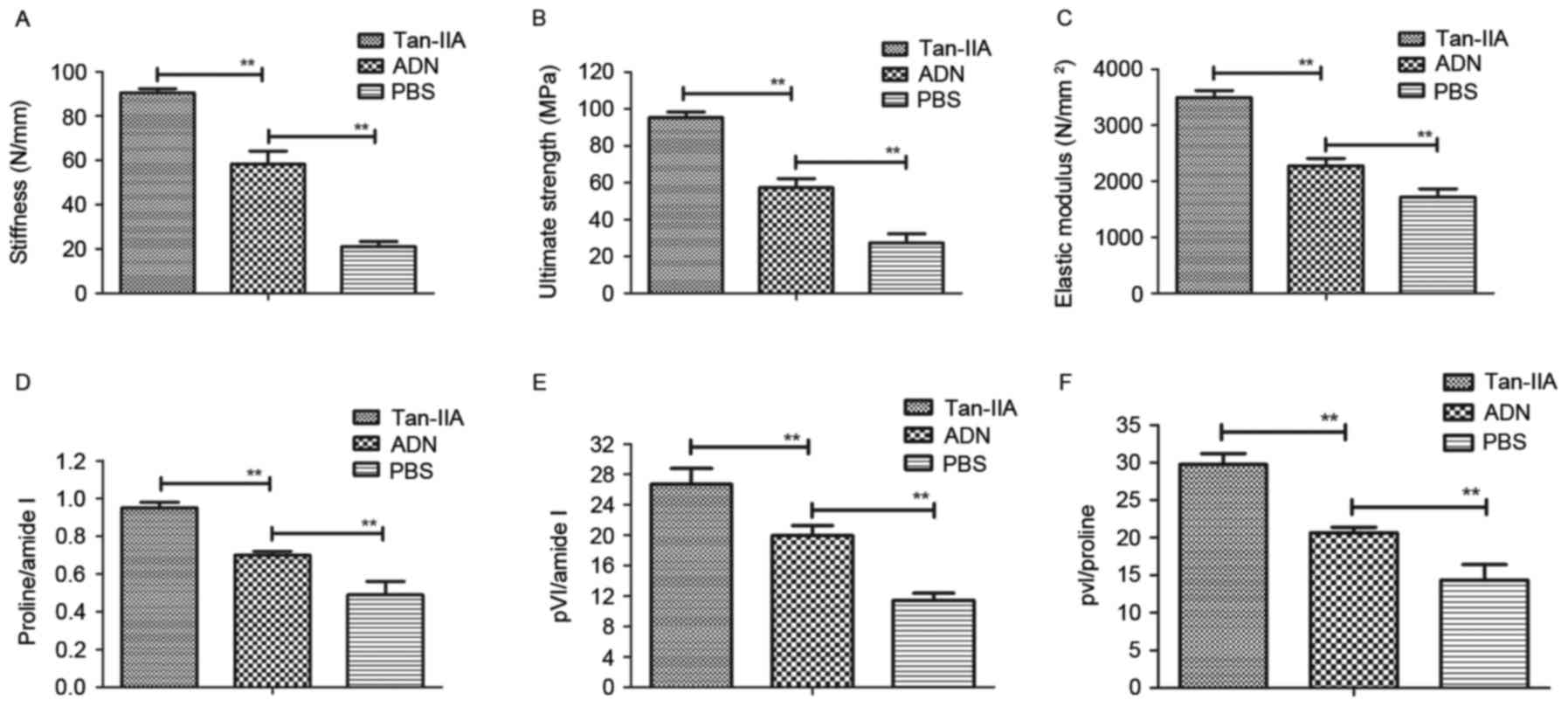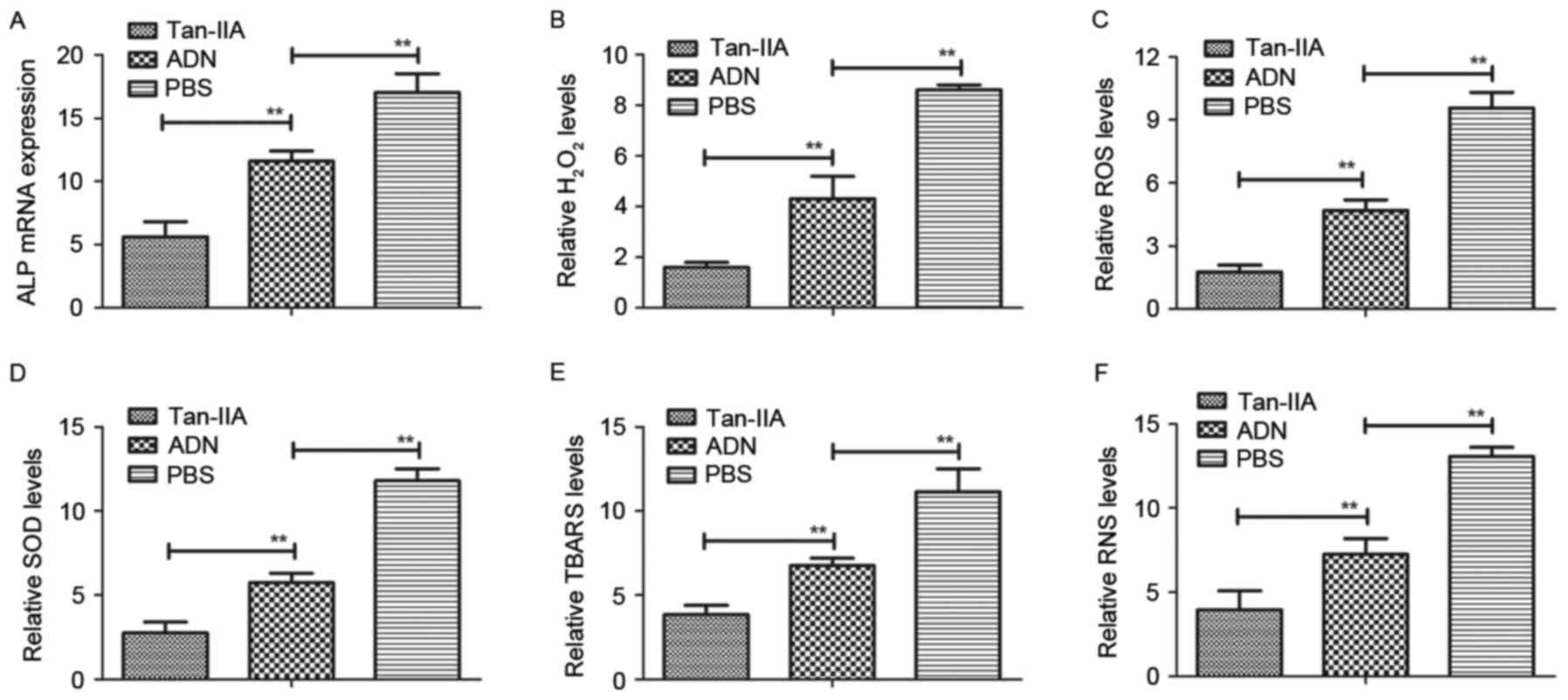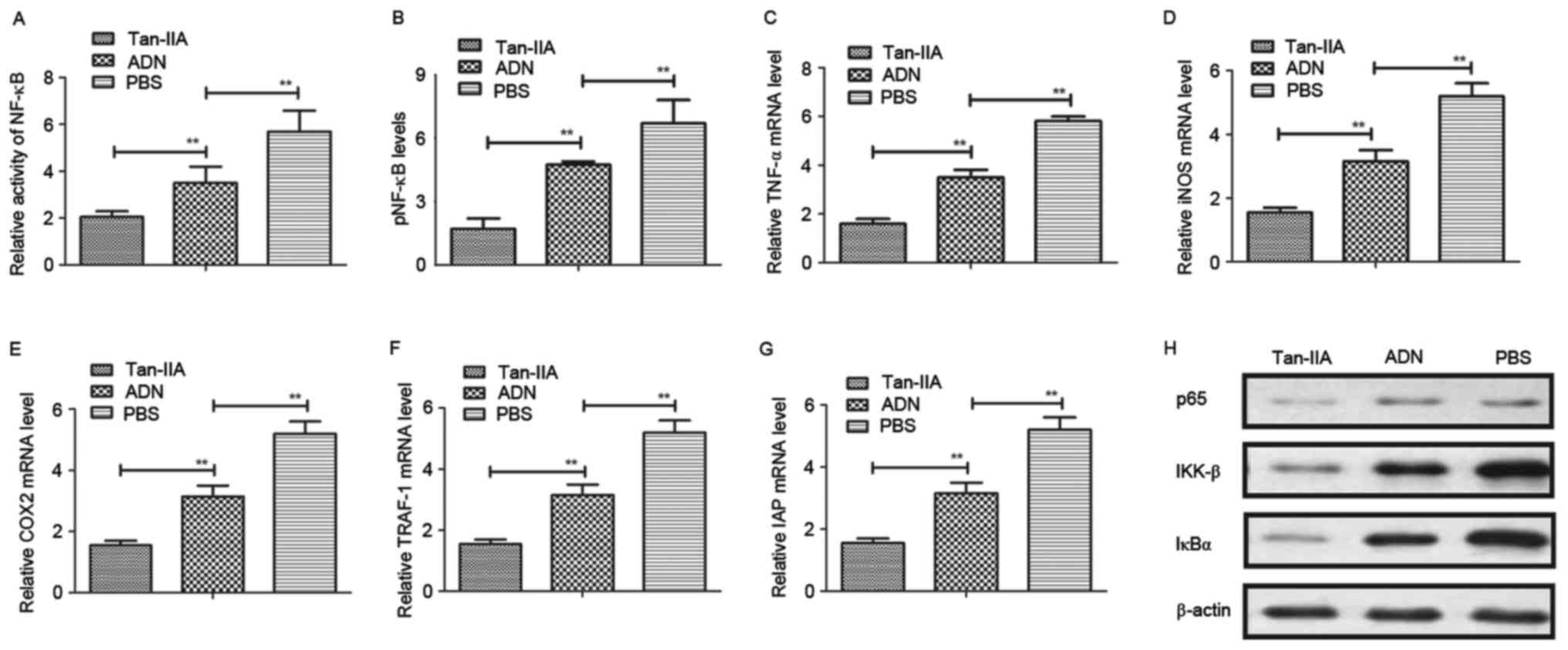|
1
|
Cornelius C, Koverech G, Crupi R, Di Paola
R, Koverech A, Lodato F, Scuto M, Salinaro AT, Cuzzocrea S,
Calabrese EJ and Calabrese V: Osteoporosis and alzheimer pathology:
Role of cellular stress response and hormetic redox signaling in
aging and bone remodeling. Front Pharmacol. 5:1202014. View Article : Google Scholar : PubMed/NCBI
|
|
2
|
Kondo T, Endo I and Matsumoto T: The
pathology, diagnosis and therapy on osteoporosis. Nihon Rinsho.
72:1774–1779. 2014.(In Japanese). PubMed/NCBI
|
|
3
|
Scott LJ: Denosumab: A review of its use
in postmenopausal women with osteoporosis. Drugs Aging. 31:555–576.
2014. View Article : Google Scholar : PubMed/NCBI
|
|
4
|
Yu S, Liu F, Cheng Z and Wang Q:
Association between osteoporosis and benign paroxysmal positional
vertigo: A systematic review. BMC Neurol. 14:1102014. View Article : Google Scholar : PubMed/NCBI
|
|
5
|
Henriksen K, Bollerslev J, Everts V and
Karsdal MA: Osteoclast activity and subtypes as a function of
physiology and pathology-implications for future treatments of
osteoporosis. Endocr Rev. 32:31–63. 2011. View Article : Google Scholar : PubMed/NCBI
|
|
6
|
Sadat-Ali M, Al-Omran A, Al-Bakr W, Azam
MQ, Tantawy A and Al-Othman A: Established osteoporosis and gaps in
the management: Review from a teaching hospital. Ann Med Health Sci
Res. 4:198–201. 2014. View Article : Google Scholar : PubMed/NCBI
|
|
7
|
Miyazaki T, Tokimura F and Tanaka S: A
review of denosumab for the treatment of osteoporosis. Patient
Prefer Adherence. 8:463–471. 2014. View Article : Google Scholar : PubMed/NCBI
|
|
8
|
Li F, Han G and Wu K: Tanshinone IIA
alleviates the AD phenotypes in APP and PS1 transgenic mice. Biomed
Res Int. 2016:76318012016.PubMed/NCBI
|
|
9
|
Kim EO, Kang SE, Im CR, Lee JH, Ahn KS,
Yang WM, Um JY, Lee SG and Yun M: Tanshinone IIA induces TRAIL
sensitization of human lung cancer cells through selective ER
stress induction. Int J Oncol. 48:2205–2212. 2016. View Article : Google Scholar : PubMed/NCBI
|
|
10
|
Su CC and Chiu TL: Tanshinone IIA
decreases the protein expression of EGFR and IGFR blocking the
PI3K/Akt/mTOR pathway in gastric carcinoma AGS cells both in
vitro and in vivo. Oncol Rep. 36:1173–1179. 2016.
View Article : Google Scholar : PubMed/NCBI
|
|
11
|
Jiang Q, Lu W, Yang K, Hadadi C, Fu X,
Chen Y, Yun X, Zhang J, Li M, Xu L, et al: Sodium tanshinone IIA
sulfonate inhibits hypoxia-induced enhancement of SOCE in pulmonary
arterial smooth muscle cells via the PKG-PPAR-γ signaling axis. Am
J Physiol Cell Physiol. 311:C136–C149. 2016. View Article : Google Scholar : PubMed/NCBI
|
|
12
|
Mao C, Zhang Y, Cao L, Shao H, Wang L, Zhu
L and Xu Z: The effect of tanshinone IIA on the cardiovascular
system in ovine fetus in utero. AM J Chin Med. 37:1031–1044. 2009.
View Article : Google Scholar : PubMed/NCBI
|
|
13
|
Ma S, Liu W, Liu P, Liu J, Chen L and Qin
C: Tanshinone IIA treatment alleviated the rat gingival connective
tissue overgrowth induced by cyclosporine A. J Periodontal Res.
51:567–576. 2016. View Article : Google Scholar : PubMed/NCBI
|
|
14
|
Li DC, Bao XQ, Sun H and Zhang D: Research
progress in the study of protective effect of tanshinone IIA on
cerebral ischemic stroke. Yao Xue Xue Bao. 50:635–639. 2015.(In
Chinese). PubMed/NCBI
|
|
15
|
Ouyang DS, Huang WH, Chen D, Zhang W, Tan
ZR, Peng JB, Wang YC, Guo Y, Hu DL, Xiao J and Chen Y: Kinetics of
cytochrome P450 enzymes for metabolism of sodium tanshinone IIA
sulfonate in vitro. Chin Med. 11:112016. View Article : Google Scholar : PubMed/NCBI
|
|
16
|
Bai Y, Zhang L, Fang X and Yang Y:
Tanshinone IIA enhances chemosensitivity of colon cancer cells by
suppressing nuclear factor-κB. Exp Ther Med. 11:1085–1089. 2016.
View Article : Google Scholar : PubMed/NCBI
|
|
17
|
Kurian GA, Rajagopal R, Vedantham S and
Rajesh M: The role of oxidative stress in myocardial ischemia and
reperfusion injury and remodeling: Revisited. Oxid Med Cell Longev.
2016:16564502016. View Article : Google Scholar : PubMed/NCBI
|
|
18
|
Saito M: On ‘2015 guidelines for
prevention and treatment of osteoporosis’. The mechanism of bone
fragility. Clin Calcium. 25:1301–1306. 2015.(In Japanese).
PubMed/NCBI
|
|
19
|
Koga T and Takayanagi H: On ‘2015
guidelines for prevention and treatment of osteoporosis’. Cellular
mechanism and etiology of osteoporosis. Clin Calcium. 25:1293–1300.
2015.(In Japanese). PubMed/NCBI
|
|
20
|
Wu Q, Zhong ZM, Pan Y, Zeng JH, Zheng S,
Zhu SY and Chen J: Advanced oxidation protein products as a novel
marker of oxidative stress in postmenopausal osteoporosis. Med Sci.
21:2428–2432. 2015.
|
|
21
|
Yang YH, Li B, Zheng XF, Chen JW, Chen K,
Jiang SD and Jiang LS: Oxidative damage to osteoblasts can be
alleviated by early autophagy through the endoplasmic reticulum
stress pathway-implications for the treatment of osteoporosis. Free
Radic Biol Med. 77:10–20. 2014. View Article : Google Scholar : PubMed/NCBI
|
|
22
|
Spilmont M, Leotoing L, Davicco MJ,
Lebecque P, Mercier S, Miot-Noirault E, Pilet P, Rios L, Wittrant Y
and Coxam V: Pomegranate and its derivatives can improve bone
health through decreased inflammation and oxidative stress in an
animal model of postmenopausal osteoporosis. Eur J Nutr.
53:1155–1164. 2014. View Article : Google Scholar : PubMed/NCBI
|
|
23
|
Wilson C: Bone: Oxidative stress and
osteoporosis. Nat Rev Endocrinol. 10:32014. View Article : Google Scholar
|
|
24
|
Couzin-Frankel J: National Institutes of
Health. Needed: More females in animal and cell studies. Science.
344:6792014. View Article : Google Scholar : PubMed/NCBI
|
|
25
|
Kushwaha P, Khedgikar V, Ahmad N, Karvande
A, Gautam J, Kumar P, Maurya R and Trivedi R: A neoflavonoid
dalsissooal isolated from heartwood of Dalbergia sissoo Roxb. has
bone forming effects in mice model for osteoporosis. Eur J
Pharmacol. 788:65–74. 2016. View Article : Google Scholar : PubMed/NCBI
|
|
26
|
Shum LC, White NS, Nadtochiy SM, Bentley
KL, Brookes PS, Jonason JH and Eliseev RA: Cyclophilin D knock-out
mice show enhanced resistance to osteoporosis and to metabolic
changes observed in aging bone. PLoS One. 11:e01557092016.
View Article : Google Scholar : PubMed/NCBI
|
|
27
|
Gartland A, Rumney RM, Dillon JP and
Gallagher JA: Isolation and culture of human osteoblasts. Methods
Mol Biol. 806:337–355. 2012. View Article : Google Scholar : PubMed/NCBI
|
|
28
|
Livak KJ and Schmittgen TD: Analysis of
relative gene expression data using real-time quantitative PCR and
the 2(-Delta Delta C(T)) method. Methods. 25:402–408. 2001.
View Article : Google Scholar : PubMed/NCBI
|
|
29
|
Wai-Hoe L, Wing-Seng L, Ismail Z and
Lay-Harn G: SDS-PAGE-based quantitative assay for screening of
kidney stone disease. Biol Proced Online. 11:pp. 145–160. 2009;
View Article : Google Scholar : PubMed/NCBI
|
|
30
|
Williams EL, White K and Oreffo RO:
Isolation and enrichment of Stro-1 immunoselected mesenchymal stem
cells from adult human bone marrow. Methods Mol Biol. 1035:67–73.
2013. View Article : Google Scholar : PubMed/NCBI
|
|
31
|
Elsafadi M, Manikandan M, Dawud RA, Alajez
NM, Hamam R, Alfayez M, Kassem M, Aldahmash A and Mahmood A:
Transgelin is a TGFβ-inducible gene that regulates osteoblastic and
adipogenic differentiation of human skeletal stem cells through
actin cytoskeleston organization. Cell Death Dis. 7:e23212016.
View Article : Google Scholar : PubMed/NCBI
|
|
32
|
Lambert MF, Cook JV, Roelant E, Bradshaw
C, Foy R and Eccles MP: Feasibility of applying review criteria for
depression and osteoporosis national guidance in primary care. Prim
Health Care Res Dev. 15:396–405. 2014. View Article : Google Scholar : PubMed/NCBI
|
|
33
|
Ghosh M and Majumdar SR: Antihypertensive
medications, bone mineral density and fractures: A review of old
cardiac drugs that provides new insights into osteoporosis.
Endocrine. 46:397–405. 2014. View Article : Google Scholar : PubMed/NCBI
|
|
34
|
Sanchez-Rodriguez MA, Ruiz-Ramos M,
Correa-Muñoz E and Mendoza-Núñez VM: Oxidative stress as a risk
factor for osteoporosis in elderly Mexicans as characterized by
antioxidant enzymes. BMC Musculoskelet Disord. 8:1242007.
View Article : Google Scholar : PubMed/NCBI
|
|
35
|
Chavan SN, More U, Mulgund S, Saxena V and
Sontakke AN: Effect of supplementation of vitamin C and E on
oxidative stress in osteoporosis. Indian J Clin Biochem.
22:101–105. 2007. View Article : Google Scholar : PubMed/NCBI
|
|
36
|
Yin H, Shi ZG, Yu YS, Hu J, Wang R, Luan
ZP and Guo DH: Protection against osteoporosis by statins is linked
to a reduction of oxidative stress and restoration of nitric oxide
formation in aged and ovariectomized rats. Eur J Pharmacol.
674:200–206. 2012. View Article : Google Scholar : PubMed/NCBI
|
|
37
|
Baek KH, Oh KW, Lee WY, Lee SS, Kim MK,
Kwon HS, Rhee EJ, Han JH, Song KH, Cha BY, et al: Association of
oxidative stress with postmenopausal osteoporosis and the effects
of hydrogen peroxide on osteoclast formation in human bone marrow
cell cultures. Calcif Tissue Int. 87:226–235. 2010. View Article : Google Scholar : PubMed/NCBI
|
|
38
|
Cervellati C, Bonaccorsi G, Cremonini E,
Romani A, Fila E, Castaldini MC, Ferrazzini S, Giganti M and
Massari L: Oxidative stress and bone resorption interplay as a
possible trigger for postmenopausal osteoporosis. Biomed Res Int.
2014:5695632014. View Article : Google Scholar : PubMed/NCBI
|
|
39
|
Yilmaz N and Eren E: Homocysteine
oxidative stress and relation to bone mineral density in
post-menopausal osteoporosis. Aging Clin Exp Res. 21:353–357. 2009.
View Article : Google Scholar : PubMed/NCBI
|
|
40
|
Puntmann VO, Taylor PC and Mayr M:
Coupling vascular and myocardial inflammatory injury into a common
phenotype of cardiovascular dysfunction: Systemic inflammation and
aging-a mini-review. Gerontology. 57:295–303. 2011. View Article : Google Scholar : PubMed/NCBI
|
|
41
|
Ramachandran A, Jha S and Lefer DJ: Review
paper: Pathophysiology of myocardial reperfusion injury: The role
of genetically engineered mouse models. Vet Pathol. 45:698–706.
2008. View Article : Google Scholar : PubMed/NCBI
|
|
42
|
Lee WS, Lee EG, Sung MS, Choi YJ and Yoo
WH: Atorvastatin inhibits osteoclast differentiation by suppressing
NF-κB and MAPK signaling during IL-1β-induced osteoclastogenesis.
Korean J Intern Med. Mar 28–2017.(Epub ahead of print).
|
|
43
|
Handzlik-Orlik G, Holecki M, Wilczynski K
and Dulawa J: Osteoporosis in liver disease: Pathogenesis and
management. Ther Adv Endocrinol Metab. 7:128–135. 2016. View Article : Google Scholar : PubMed/NCBI
|
|
44
|
Kim IH, Chung MY, Shin JY and Han D:
Protective effects of black hoof medicinal mushroom from Κorea,
Phellinus linteus (higher basidiomycetes), on osteoporosis
in vitro and in vivo. Int J Med Mushrooms. 18:39–47. 2016.
View Article : Google Scholar : PubMed/NCBI
|



